
How Much Does It Cost To Develop A Food Delivery App Like Ubereats?
In 2024, food delivery apps revolutionized the dining experience, making it easy to satisfy cravings with just a few taps on a smartphone. Popular platforms like Uber Eats and Grub Hub have reshaped how we order food, creating a booming industry. If you’re considering entering this lucrative market, one major question likely arises: “What’s the cost to develop a food delivery app like UberEats?” In this blog, we’ll explore key factors influencing development costs and offer valuable insights for launching your food delivery app.
Key Factors Influencing Food Delivery App Development Costs
Scope, Category, and Features of the App

The cost of developing a food delivery app largely depends on the type of app you’re building. You could create a restaurant-specific app like Subway or McDonald’s, or an on-demand service like UberEats that connects multiple restaurants with customers. Additionally, the platform you choose—whether it’s Android, iOS, cross-platform, or Flutter—will also impact the overall cost.
No. Of Development Hours
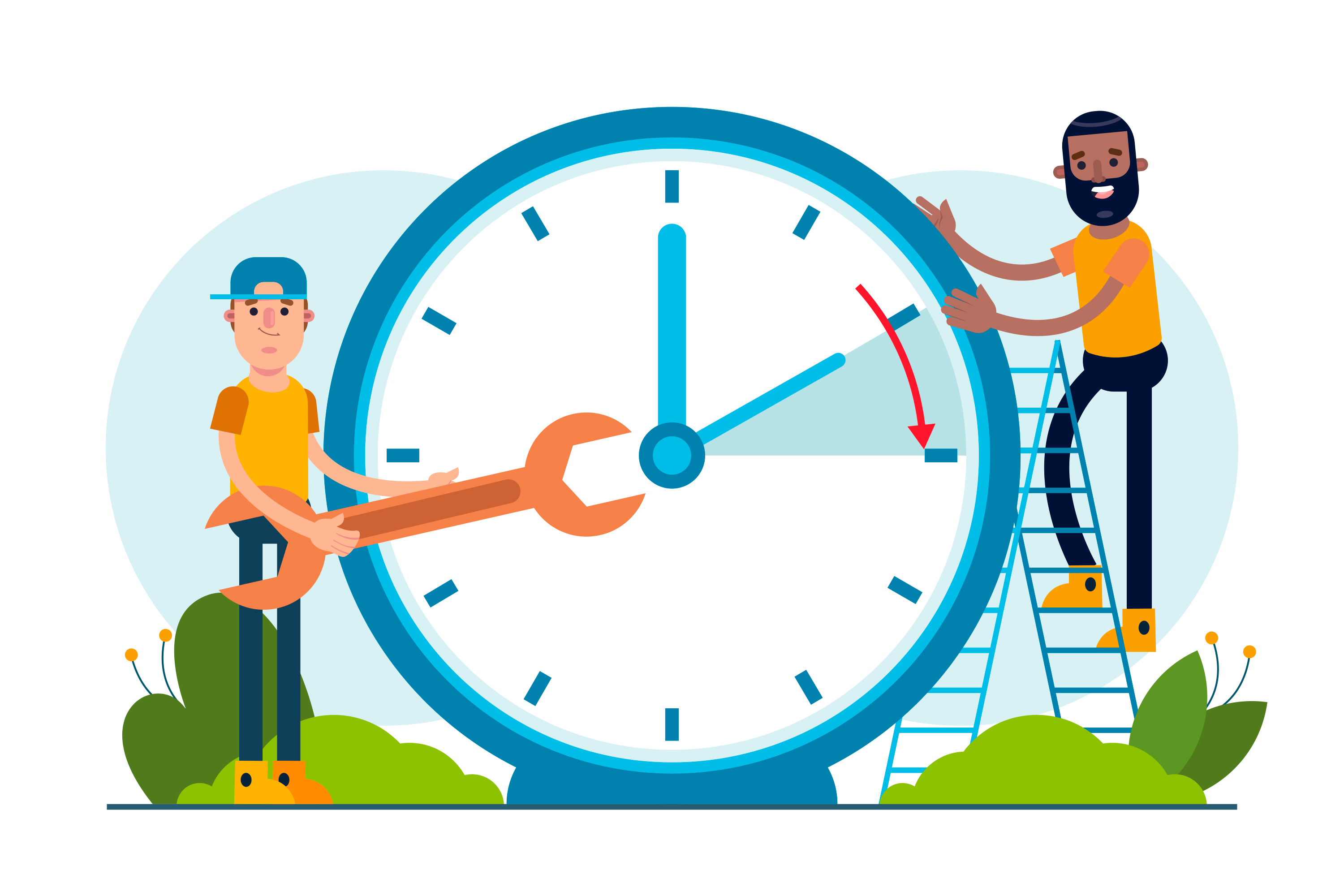
The more features you include, the more development hours will be required. Typically, building a food delivery app takes around 550 to 800 hours, depending on complexity. However, leveraging pre-built APIs and software development kits (SDKs) can significantly reduce both time and costs, allowing you to streamline development without sacrificing quality.
Tools and Technologies for Food Delivery App Development
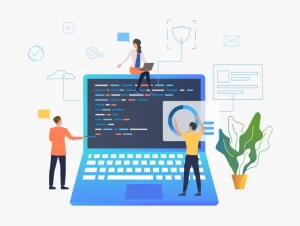
You can leverage advanced tools and technologies like payment integrations (e.g., PayPal, Stripe) and mapping services (e.g., Google Maps, Mapbox), which can drive up development costs. Additionally, adopting cutting-edge technologies early on provides a significant competitive edge, though it often comes with higher expenses. Balancing innovation with cost-efficiency is crucial for long-term success in the food delivery app market.
App Development Process
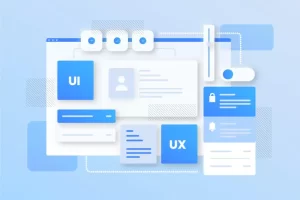
Key components of the development process include identifying requirements, UI/UX design, front-end and back-end development, API integration, testing, and deployment. Each stage incurs its own costs, but opting for full-cycle development is often more cost-effective in the long run, as it ensures a streamlined approach from start to finish.
Design Complexity and Its Impact on Costs
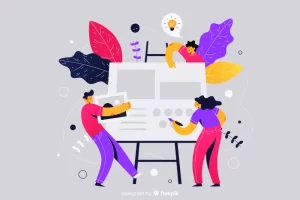
Creating a simple layout with minimal branding can be a cost-effective approach. However, incorporating complex design elements and advanced branding strategies significantly increases development costs. Striking the right balance between functionality and design is key to managing expenses while ensuring an appealing user interface.
Ensuring App Security

Ensuring robust app security is crucial for food delivery apps, as they handle sensitive user information. Implementing measures such as encryption, secure back-end development, and rigorous testing is essential to protect user data. While these security protocols are vital, they can also contribute to increased development costs. Balancing security and budget is necessary to maintain user trust while managing expenses effectively.
Additional Costs to Consider
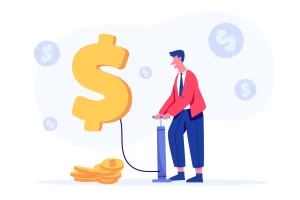
Additional expenses associated with developing a food delivery app include infrastructure costs (domain and hosting), optional patents, marketing efforts (such as App Store Optimization, Search Engine Marketing, and authority building), performance monitoring (whether through virtual assistants or self-monitoring), and ongoing app maintenance after the first year. Considering these costs is crucial for budgeting and ensuring the app’s long-term success.
Major Challenges in Food Delivery App Development
Intense Competition in the Food Delivery Market
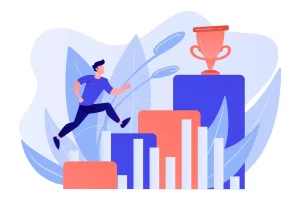
To effectively compete against dominant players like GrubHub and Uber Eats, establishing a unique value proposition is essential. This distinct offering can set your food delivery app apart and attract customers by highlighting what makes your service better or different. Focusing on niche markets, superior customer service, or exclusive partnerships can enhance your competitiveness in this crowded landscape.
Achieving Product-Market Fit

To achieve success, it’s crucial to understand and fulfill consumer needs. By actively engaging with your target audience and gathering feedback, you can refine your food delivery app to better align with their preferences. This understanding not only helps in enhancing user satisfaction but also fosters loyalty and encourages word-of-mouth marketing, which is vital for growth in a competitive market.
Ensuring App Stability

To maintain a stellar reputation, it is essential to ensure that the app is both reliable and fully functional. Consistent performance and quick bug resolution foster user trust and satisfaction, leading to positive reviews and repeat business. Regular updates and thorough testing before each release can help sustain app stability and enhance the overall user experience.
Technology Stack for Food Delivery Apps

To build a food delivery application, several key technologies and APIs are essential, including cloud services like Azure and AWS, authentication options such as Google Sign-In and Facebook Login SDK, payment gateways like PayPal and Stripe, navigation services such as Google Maps and Mapbox, and restaurant listings through APIs like Foursquare and Grubhub. Leveraging these technologies can enhance functionality, user experience, and overall efficiency in your app development process.
Development Stages of a Food Delivery App

Typical phases in the development process of a food delivery app include discovery, UI/UX design, and software development. Additionally, creating a reliable and functional app often requires multiple iterations and fine-tuning to ensure optimal performance and user satisfaction. This iterative approach is essential for refining features and enhancing the overall user experience.
Monetization Strategies for Food Delivery Apps
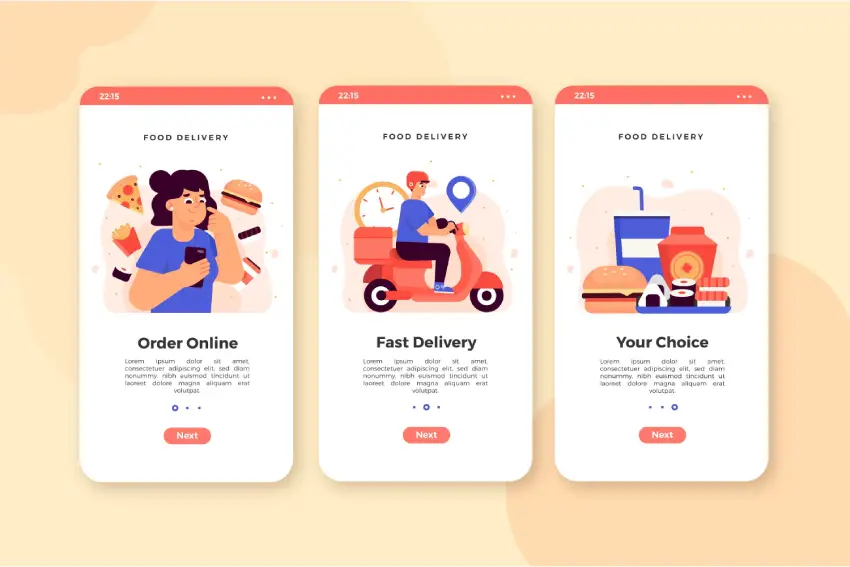
Food delivery applications can generate revenue through various channels, including delivery fees, commissions from restaurant sales, in-app advertising, discount membership models, and coupons. The international food delivery market is projected to grow significantly, presenting numerous opportunities for revenue generation. This growth highlights the potential for innovative business models and strategies to capitalize on consumer demand for convenient food delivery services.
App Maintenance and Support Costs

Continuous app maintenance and support are essential for ensuring a seamless user experience and promptly addressing any issues that arise after the initial release. Regular updates, bug fixes, and user feedback integration are critical for maintaining app performance and user satisfaction. Investing in ongoing support not only helps in retaining users but also enhances the app’s reputation in a competitive market.
Market Analysis of Food Delivery Apps

Food delivery services are experiencing significant market growth due to the increasing consumer adoption of mobile apps for dining needs. In 2022, global revenue for meal delivery apps is projected to reach an impressive $0.86 trillion, with expectations to soar to $1.6 trillion by 2027. This trend is highlighted by Uber Eats, which generated approximately $11 billion in revenue in 2022, up from $8.3 billion in 2021 and $3.9 billion in 2020, showcasing the robust demand for food delivery services.
User Base and Acquisition Potential

Industry estimates suggest that around 69.9 million customers are using online meal delivery platforms, highlighting a substantial user base with significant potential for innovative food delivery systems to grow quickly and affordably. New competitors can capture a considerable share of this market by offering advanced features, ensuring a seamless user experience, and providing cost-effective solutions. This presents a lucrative opportunity for those looking to enter the food delivery sector.
Balancing Stakeholder Interests
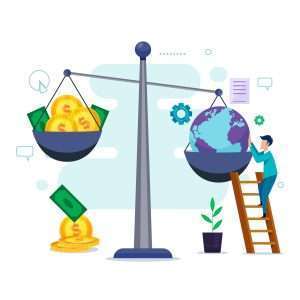
One of the primary challenges in the business model for food delivery applications is balancing the interests of multiple stakeholders. Success hinges on meeting the expectations of consumers, couriers, and restaurants simultaneously. This delicate balance means that courier availability directly affects user acquisition and retention, as well as order frequency. Building strong partnerships with restaurants is equally critical, requiring app developers to prioritize delivering value to all stakeholders to ensure sustainable growth and satisfaction.
Required Budget For Food Delivery Application
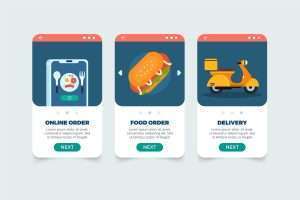
The estimated cost to develop a food delivery app like UberEats typically ranges from $52,000 to $90,000, depending on the features, complexity, and chosen platform. This investment covers various stages, including development, design, testing, deployment, ongoing maintenance, and support. While the initial cost is significant, it’s important to view it as an investment in a growing market with substantial revenue potential.
If you’re unfamiliar with these complexities but eager to start your food delivery business, don’t worry—Appsleagues.com offers comprehensive services at affordable rates to help you realize your vision.
{
“@context”: “https://schema.org”,
“@type”: “FAQPage”,
“mainEntity”: [
{
“@type”: “Question”,
“name”: “What are the key features of a food delivery app?”,
“acceptedAnswer”: {
“@type”: “Answer”,
“text”: “Essential features include user registration, order tracking, payment integration, and restaurant listings.”
}
},
{
“@type”: “Question”,
“name”: “How much does it cost to develop a food delivery app?”,
“acceptedAnswer”: {
“@type”: “Answer”,
“text”: “Development costs typically range from $52,000 to $90,000, depending on features and complexity.”
}
},
{
“@type”: “Question”,
“name”: “How long does the development process take?”,
“acceptedAnswer”: {
“@type”: “Answer”,
“text”: “The timeline can vary, but it generally takes several months to complete.”
}
},
{
“@type”: “Question”,
“name”: “What technologies are used in building food delivery apps?”,
“acceptedAnswer”: {
“@type”: “Answer”,
“text”: “Common technologies include cloud services, payment gateways, and mapping APIs.”
}
},
{
“@type”: “Question”,
“name”: “How can I ensure the security of my app?”,
“acceptedAnswer”: {
“@type”: “Answer”,
“text”: “Implement encryption, secure coding practices, and regular security audits.”
}
}
]
}
FAQs for Food Delivery App Development
What are the key features of a food delivery app?
Essential features include user registration, order tracking, payment integration, and restaurant listings.
How much does it cost to develop a food delivery app?
Development costs typically range from $52,000 to $90,000, depending on features and complexity.
How long does the development process take?
The timeline can vary, but it generally takes several months to complete.
What technologies are used in building food delivery apps?
Common technologies include cloud services, payment gateways, and mapping APIs.
How can I ensure the security of my app?
Implement encryption, secure coding practices, and regular security audits.
Conclusion
Despite the strong presence of large players like Uber Eats in the food delivery app market, there are still ample opportunities for startups and established businesses to enter. When developing a food delivery app, it’s crucial to carefully consider functionality, design, security, and budget. By understanding the factors that impact development costs and following a disciplined approach, you can create an affordable app that meets the needs of customers, restaurants, and couriers.
If you’re ready to embark on this journey, partner with experienced mobile app development companies like Appsleagues.com. They can guide you through the process and offer tailored, cost-effective solutions. With the right strategy and technology stack, you can successfully enter the thriving food delivery market and provide an exceptional user experience.
Are you interested in learning more about developing food delivery apps? Contact us today for a customized cost estimate and a strategic plan to turn your vision into reality!
